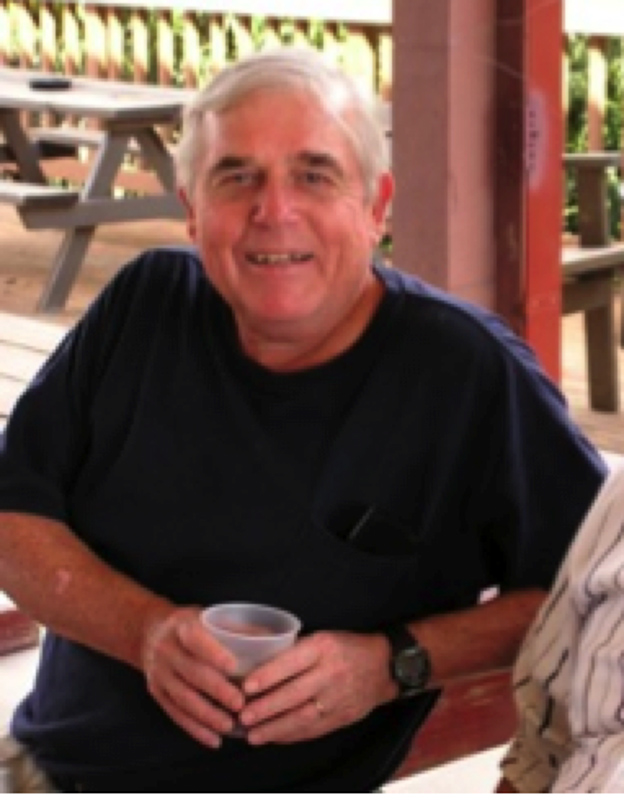Of Pens and Pipettes

More and more, we see that science and the arts are inextricably linked. If you were at this year’s GSBS Graduation, you will remember how Dr. Erich Jarvis spoke of his own experience as a neuroscientist and accomplished dancer. Indeed, we have adopted this relationship in our GSBS motto that you will find on the front page of our website” Teaching the Art of Science.”
In the spirit of our motto, I would like to showcase Dr. Ivana Gadjanski, who is a recognized, award-winning poet and scientist interested in developing methods to grow cartilage to treat injuries. As a PhD student, she studied multiple sclerosis (MS) and inflammation injury in axons and demonstrated the role of voltage-dependent calcium channels in the calcium-mediated pathology of axonal degeneration. She is currently a researcher and project leader for the R&D Center for Bioengineering in Serbia.
In addition to her science, Dr. Gadjanski is presently working on her third book of poems. Regarding art and science, Gadjanski believes that “Humanities and the arts are necessary in whatever you do. Science on its own isn’t enough. Science is mainly dealing with facts, and sometimes not everything can be explained with facts. You need some leap of the imagination. You have to first imagine something and then look with scientific methods.” Below is one of her poems.
ANATOMY
Around my eyes
orbits a clew of strings
made of steel
They sweep through
The light flashes
and disappears
Silvery darkness
shaped like a string
comes to my pupil again
There are many things
out of that clew
I suppose
I do not know
I do not see
I vaguely perceive
Those strings are my boarders
they hold the tissue of darkness
just as the bones do
Something good in this
The bones grow
and separate
more and more light
comes to my eyes
The steely clew becomes blurred
It is still around me
its facets opening
The darkness is there as well
now it makes only
its blind frames within the light
The light is strong
And I can see
Nevertheless, I know it
The strings are there
The bones are part of me
She has recently moved from New York back to her native Serbia to fight the “brain drain of scientists and intellectuals.”
We have our own poet among us, Dr. Michael Lichtenstein, Chief for the Division of Geriatrics, Gerontology, and Palliative Medicine. From Dr. Lichtenstein, a haiku:
Work to resolve life’s
daily puzzles, mindful of
fleeting solutions.
I asked Dr. Lichtenstein why he likes to write haikus. He said the following.
“Every day, we engage a set of tasks – be they planned experiments or unexpected events.The task outcomes (puzzle solutions) may not be durable; we all need to be prepared for this.
In labs, experiments may not turn out as expected or results may not be replicable.
In life, relationships with colleagues, friends, and family change – it’s inevitable.I write haiku as an exercise to concisely say something meaningful.”
And perhaps some of you may recall Dr. Jeremiah Herlihy, a physiologist extraordinaire who retired a couple of years ago. Besides being one of the most talented educators I have ever had the honor of having as a colleague, he was known for his poetic prowess, especially limericks which he wielded at every occasion. I asked him for one more poem.

Nostalgia
The academia to me
Was just the only place to be.
For work done there was scholarly
Where scholars worked collegially.
And that, for sure, appealed to me.
The teaching, research and the rest
Had filled my life with joy and zest.
They all conspired to form a whole
With every part assigned its role.
Their interactions formed its soul.
I’m now retired and often look back
And wonder if it’s still on track.
Has teaching lost its honored place?
Is research just a money
Or have they vanished with no trace?
Any other poets among us that would like to step forward with some prose?
